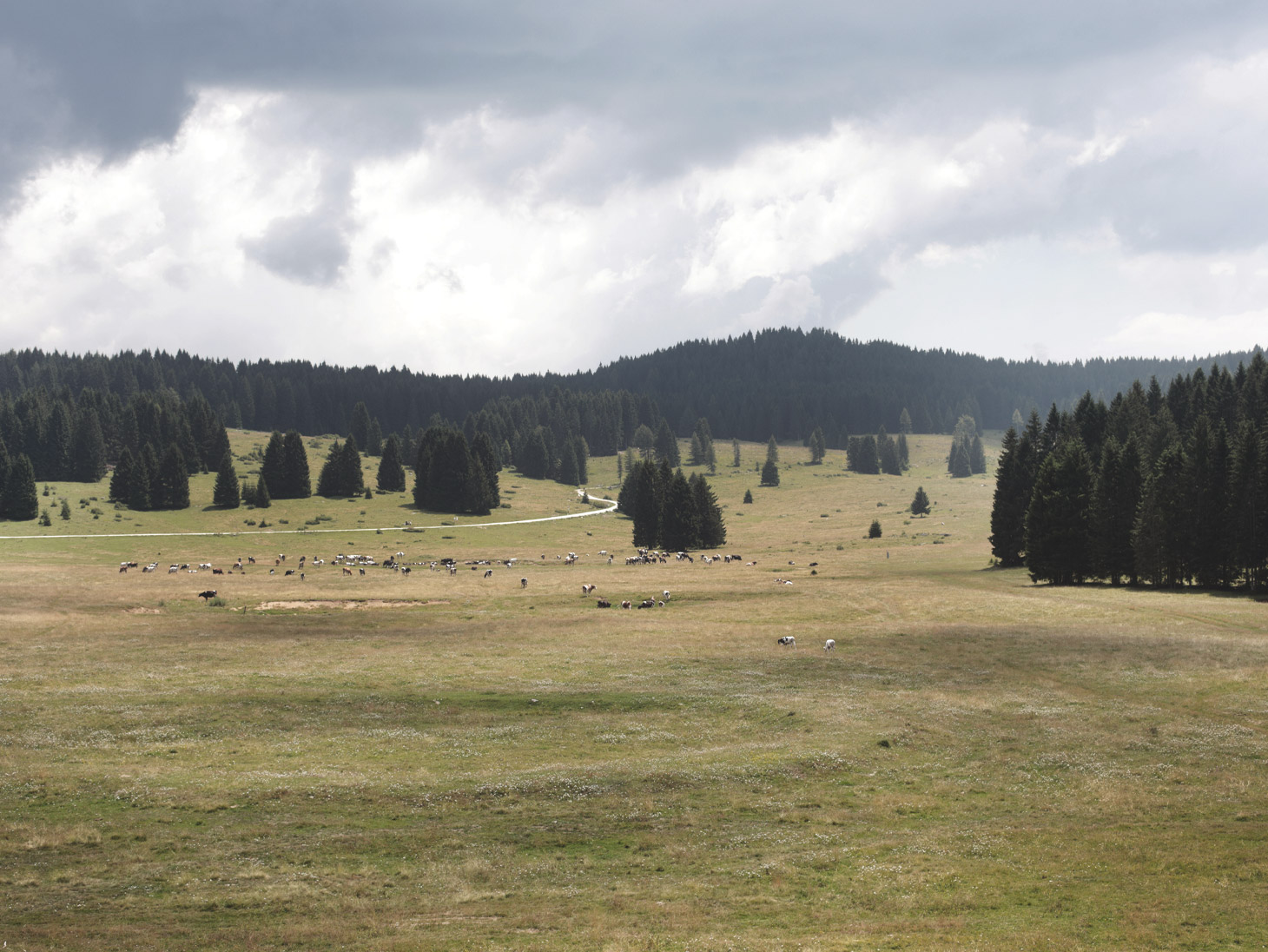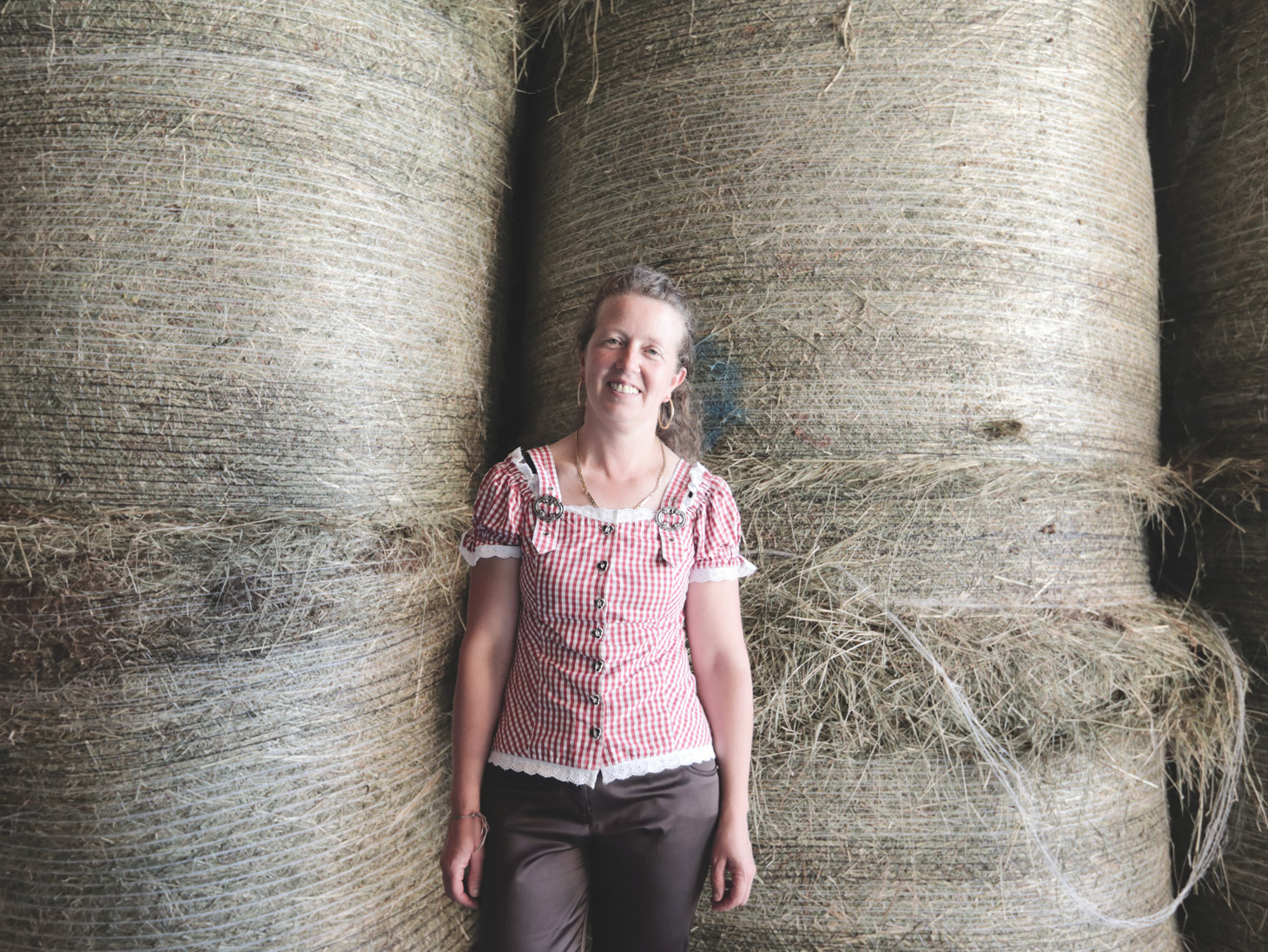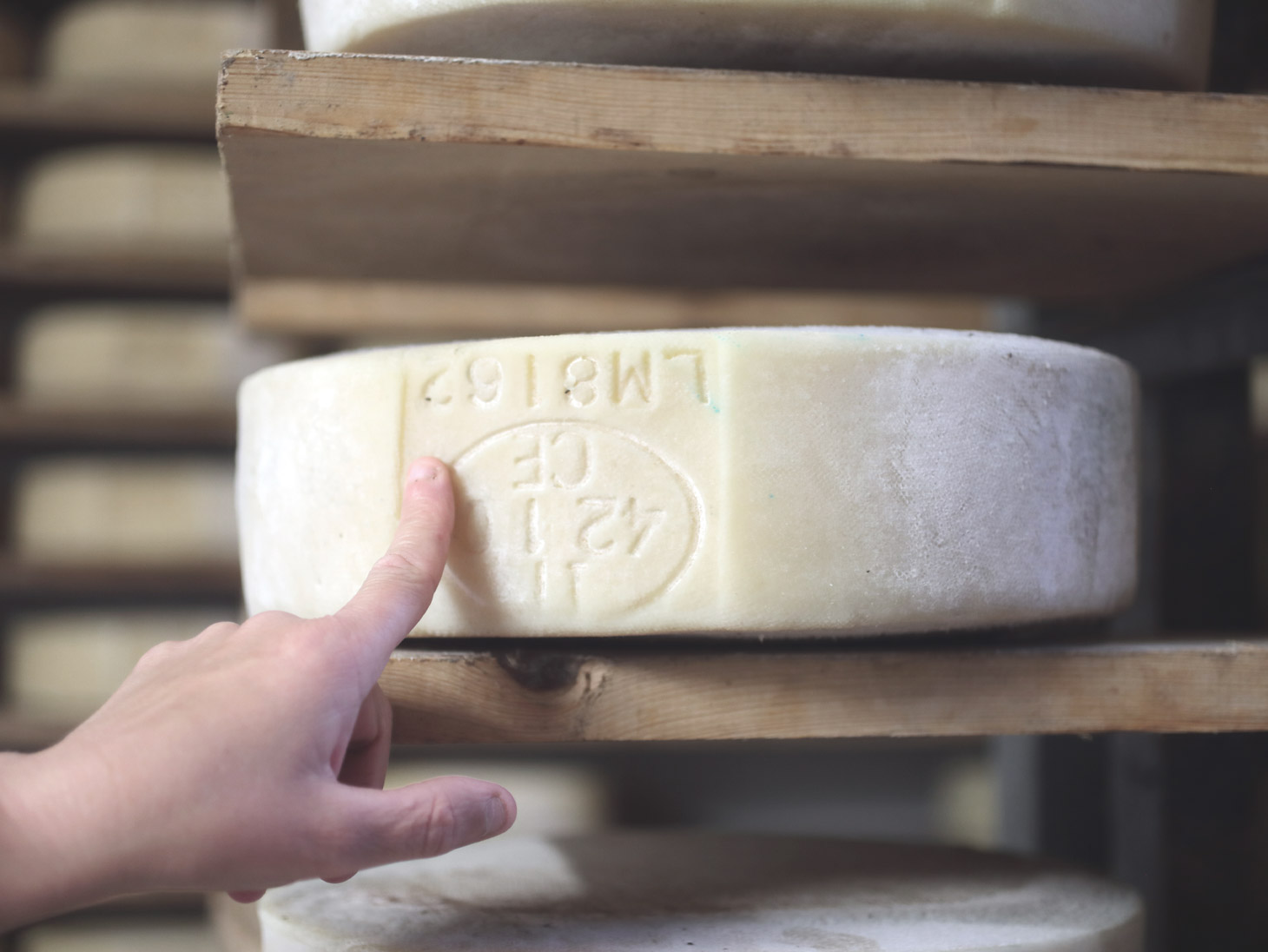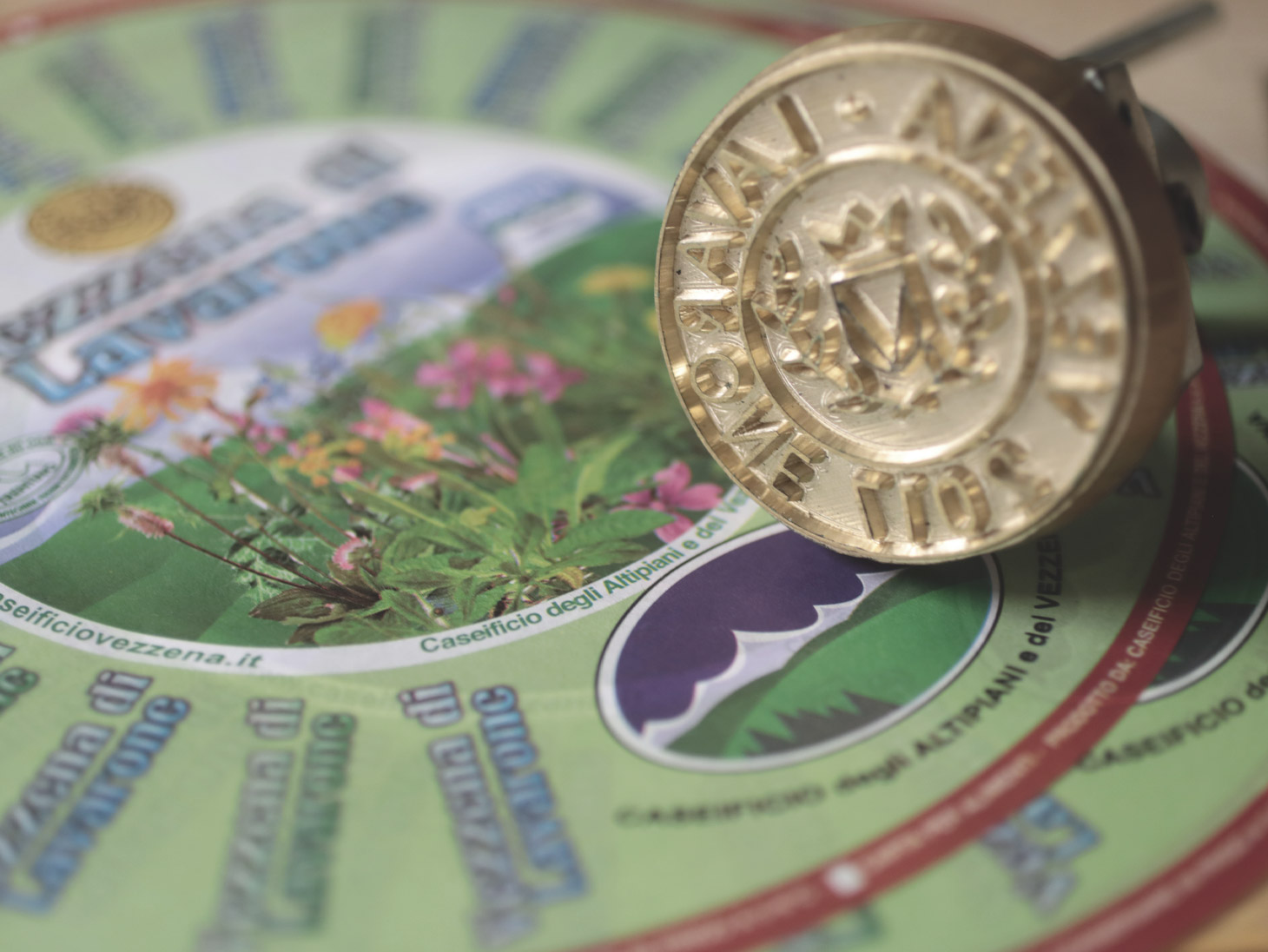Nature offers us goods and services, which can be promoted with good agroecological practices applied to livestocks
⏱ 4 MINUTES READING
ECOSYSTEM SERVICES
The earth's ecosystems provide humanity with goods and services such as food, textile fibres, soil formation and pollination. Ecological or ecosystem services (ES) are all the services that natural systems generate for the benefit of men, such as healthy food and clean air. The Millennium Ecosystem Assessment divides these services in four categories:
1. provisioning services: for example they supply raw materials and fresh water;
2. regulating services: they regulate the climate, therefore they help to prevent hydro geological instability and they regulate plant and animal diseases;
3. cultural services: they provide recreational, educational and artistic values;
4. life supporting services: formation of soil, photosynthesis and nutrient cycle, essential to guarantee the others.
These services are fundamental for life on earth, and they generate continuous productions starting from the natural capital of the biosphere. The importance of these services for humanity is considerable as they support our life and well-being; however, they are not well quantifiable in economic terms, and for this reason they are often not considered much in decision-making policies. Agriculture and livestock, when managed through agroecological practices, contribute to the provision of ecosystem services, as they stimulate natural processes.
ECOSYSTEM DISSERVICES
The Millennium Ecosystem Assessment evaluated that the loss of ecosystem services contributes to food and energy insecurity, it increases vulnerability to natural disasters, it decreases the level of health, it reduces the availability and quality of water resources and it affects the cultural heritage. The trend towards productive specialization has led to the disconnection of animal productions from vegetable productions, creating on one hand a problem of excess of highly polluting nutrients, and on the other a lack of them, with problems of soil fertility. In order to be sustainable, farming must be integrated with agricultural production in a circular economy perspective. SERVIZI ECOSYSTEM SERVICES AND LIVESTOCK
SERVIZI ECOSYSTEM SERVICES AND LIVESTOCK
Raising livestock can generate ecosystem services, including the production of food such as milk and meat, the contribution to soil fertility through manure, the maintenance of landscapes such as meadows.
For example, the canalization of water by farmers contributes to an efficient hydrological cycle, the correct management of pastures supports biodiversity and carbon sequestration, and light tillage of the soil improves its fertility. A farm based on hay production at a local level leads to maintenance of the landscape, animal health, as well as an increase in biodiversity and soil fertility.
The correct proportion between the number of animals raised and the resources of the territory is fundamental, as excessive animal loads cause degradation, soil compaction, erosion and loss of biodiversity. 
ECOSYSTEM SERVICES AND MEADOWS
The function of the grasslands for breeding is to produce forage, through grazing (grass), mowing and drying (hay). However, they have many ecological functions: they provide ecosystem provisioning services, generating grass to feed livestock and food products for wild animals; they provide support services to animal welfare, they favour the formation of soil and the fire-fighting function; they provide regulation services such as climate mitigation (carbon fixation in the soil) and adaptation to climatic excesses through resilience to drought and heavy rain. 
AN EXAMPLE OF PRESERVING ECOSYSTEM SERVICES
CASEIFICIO DEGLI ALTIPIANI E DEL VEZZENA
Marisa Corradi produces Vezzena and other long-aged Trentino cheeses and runs a Cooperative with 13 contributors. She raises Pezzata Rossa cows in Lavarone, at an altitude of 1200 metres.
The hay quality is a priority for the company, and it starts with the care of hay meadows: seeds suitable for the mountain environment are over-seeded, preceded by a light tillage to ventilate the soil. Very ligh tillage is a fundamental agroecological practice, as it respects the structure of the soil, which is a dense network of plant and animal organisms. The soil is enriched in organic matter through the distribution of mature manure: the maturation of the manure is important for a correct supply of nutrients to the soil.
"Hay is an art - said Marisa - and the results of good hay are cow health and good cheese". All the hay used in the farm is locally produced, and the drying takes place using a dryer. In this way the hay retains most of the aromas and nutrients of the fresh grass. The cows always have hay available, and receive a feed supplement through feeders that recognize the individual subjects in order to administer the correct ration.
Marisa is a careful breeder, who gives great importance to monitoring the welfare of animals. She observes how they rest in the shelters and makes sure that there is always clean straw; in the milking room, she has the help of a computerized system that analyzes indicators and elaborates graphs to highlight any critical issues in the udders and milk. She understood how health is based on caring for the environment and nutrition, and in fact her cows are long-lived. Marisa emphasizes how important "teamwork" is to work well, referring to both her husband and son, who work with her in the company, and to the members of the Cooperative. She thinks that the common good should be the incentive for their activities.
Francesca Pisseri
Veterinary Zootechnical Consulent



